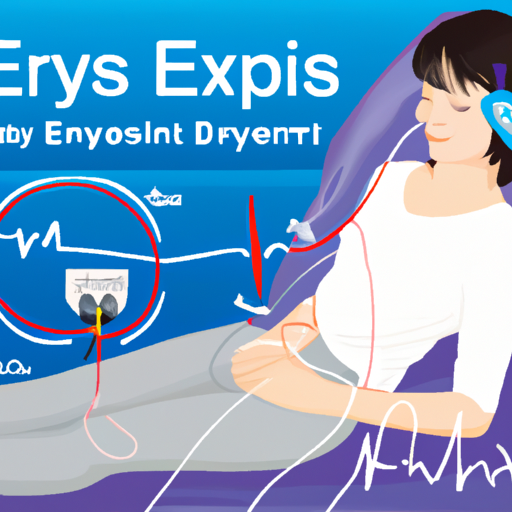Uncategorized
The Best Time to Undergo Vagus Nerve Stimulation for Epilepsy
Introducing Vagus Nerve Stimulation Therapy for Epilepsy
Vagus nerve stimulation (VNS) is a therapy that uses electrical impulses to stimulate the vagus nerve, which plays an important role in regulating heart rate, digestion, and immune system response. In the late 1980s, doctors discovered that stimulating the vagus nerve can treat epilepsy, a neurological disorder that causes seizures.
How VNS Works
While there is no definitive answer to how VNS works, recent research has suggested a few different hypotheses. One such hypothesis is the ‘synchronization theory,’ which proposes that seizures may occur when various brain areas are overly synchronized. VNS may work by contributing to their desynchronization, decreasing the frequency of seizures.
VNS Surgery: What to Expect
VNS surgery is a minimally invasive procedure that uses electrical current to help reduce seizure frequency. During the surgery, a programmable vagus nerve stimulator is implanted in the upper chest through a small incision. The lead wire of the stimulator is then attached to the left vagus nerve through a second incision on the left side of the neck. The device sends regular electrical impulses to the brain through the vagus nerve, similar to a pacemaker.
Benefits of VNS Therapy
VNS therapy can improve seizure control, reduce inflammation and pain, improve cognitive function, and reduce hospitalization rates and healthcare costs for people with epilepsy. About 50% of epileptic patients experience a 50% reduction in seizures two years after the treatment.
Eligibility for VNS Treatment
According to the US Food and Drug Administration (FDA), people with epilepsy who are four years and older and have:
- Partial-onset seizures that are refractory to antiepileptic medications
- Generalized-onset seizures that are refractory to antiepileptic medications
Individuals who are 18 years and older and have:
- Severe depression that hasn’t responded to at least four antidepressant medications
- Migraines that don’t respond to other forms of treatments
- Moderate to severe upper extremity motor deficits associated with chronic ischemic stroke
Precautions and Side Effects
VNS surgery has potential complications and side effects, including infection, pain at the incision site, scarring, damage to the vagus nerve, and various side effects such as sore throat, hoarseness of voice, and difficulty swallowing. Patients should avoid MRI scans, loudspeakers, magnets, and rough sports to prevent damage to the device. It’s important to consult with a doctor if experiencing pain or discomfort after surgery that interferes with daily activities.

 Skip to content
Skip to content


